The two biggest economic phenomena of the last few decades have arguably been the rise of China and persistently low inflation and interest rates. Economists Charles Goodhart and Manoj Pradhan convincingly assert that these two developments are strongly linked. They say that the economic impact of demographics, especially China’s, is underappreciated, while the potency of monetary policy is overestimated. In this radical and incisive book, the authors claim that, as demographic and globalization pressures shift and as China’s economic strategies change, inflation will return with a vengeance.
China’s economic ascent kept inflation and interest rates low.
China’s industrialization and entry into world trade induced a massive economic change around the turn of the 21st century. Along with the opening up of Eastern Europe, this shift represented more than a doubling of the effective labor supply available to manufacture products for the global trading system. Between 1990 and 2017, China’s working-age population increased more than four times that of Europe and America combined. In 2004, China’s share of world manufacturing was 8.7%, but by 2017, it was 26.6%. This inevitably affected the wages of workers in the advanced economies, as competition from manufactured imports and offshoring undermined their position and bargaining strength. Lower wage increases in a weaker labor market, plus cheaper imported goods, have helped keep inflation, and subsequently interest rates, abnormally low.
China magnified the impacts of these demographic and globalization factors with an asymmetrical economic policy of expanding its exports while restricting its imports. China used a combination of capital controls...
Charles Goodhart has served at the Bank of England and as a consultant to Morgan Stanley. Manoj Pradhan, previously a managing director at Morgan Stanley, is the founder of a macroeconomic research firm.










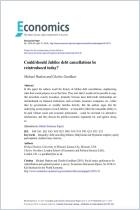
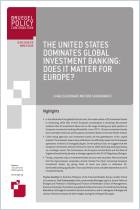
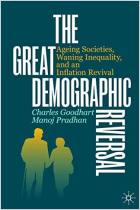

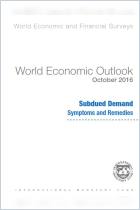
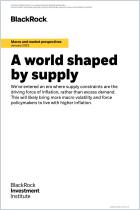
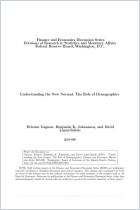




Comment on this summary or 开始讨论